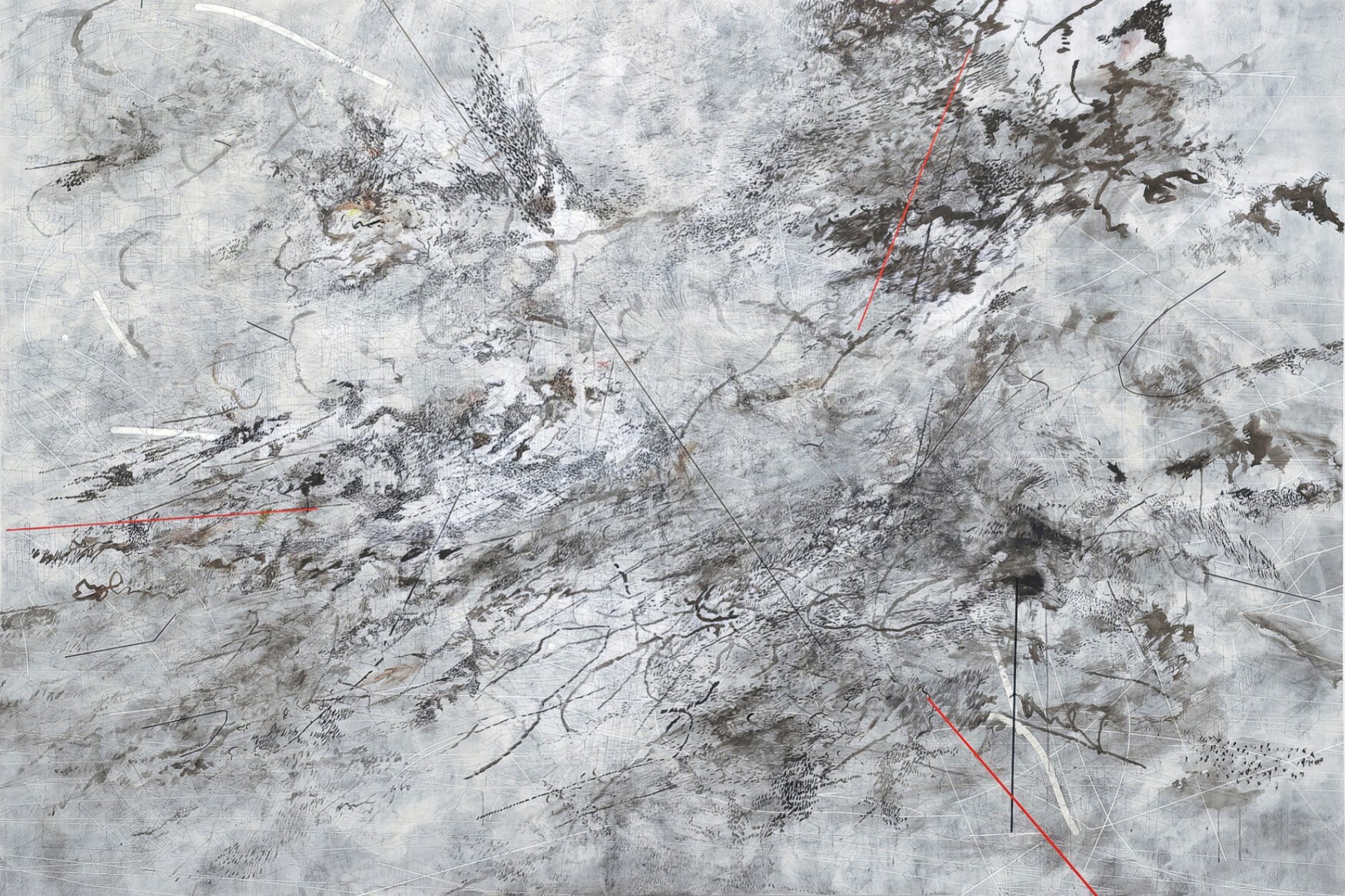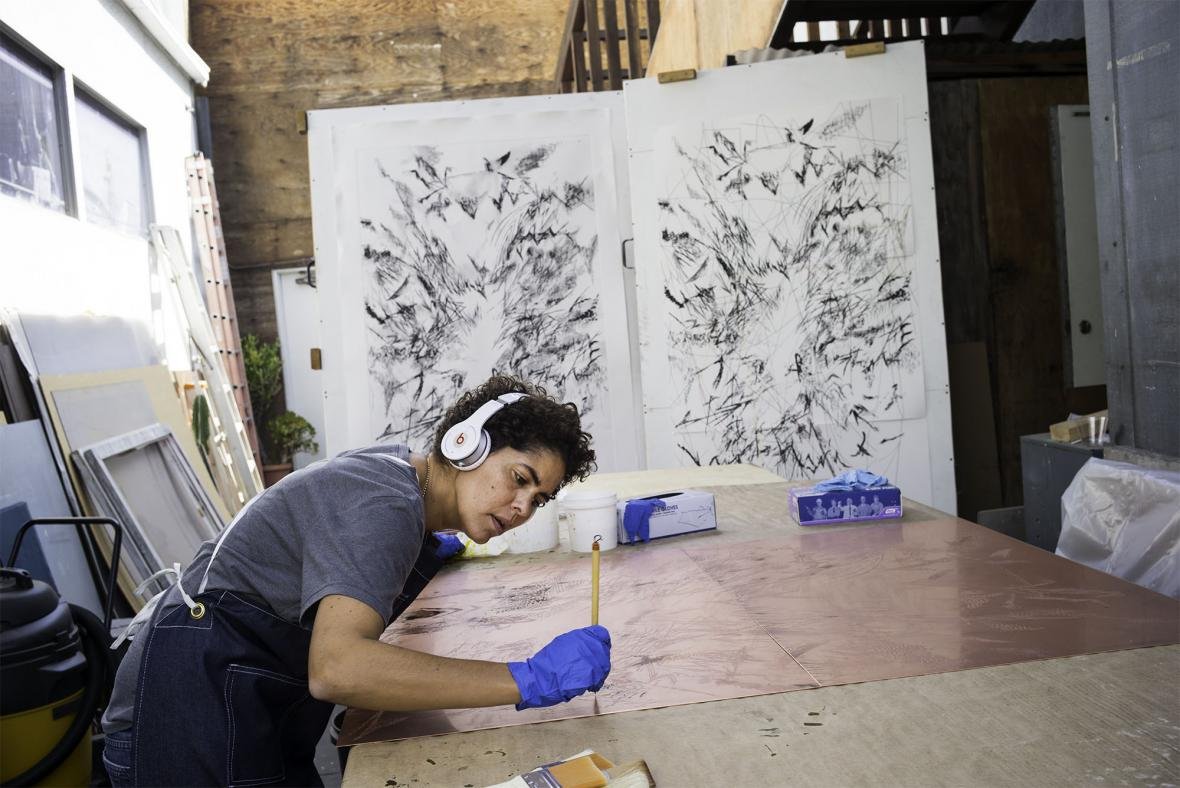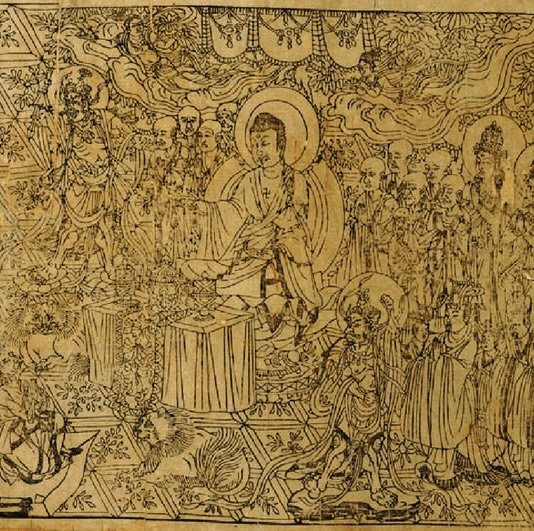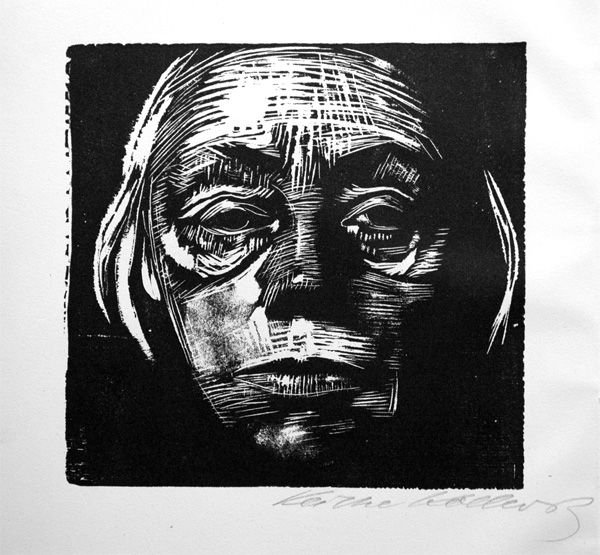An Art Advisor’s Guide to Collecting Prints
August 4, 2024
Is a Print a Poster?
No, a fine art print is not a poster. Unlike a mass produced poster from a museum gift shop, a fine art print is an original piece of art created by the artist using specific printmaking processes such as etching, lithography, screen printing, woodcut, etc. Printmaking can be an important aspect of an artist’s practice, pushing the limits of their creativity and technique. Artists often produce a limited number of printed copies known as the edition number.
Do Prints Have Less Appreciation Potential than Paintings?
No, prints can often times have a stronger resale market via auction and dealers than unique artworks. The art market data shows that there is consistent growth for the market of prints and multiples. The total number of prints sold via auction in 2023 came in 36.1% higher at 3,447, up from 2,553 in 2022. Additionally, auction sales of Contemporary and Post-War prints generated $31.7 million in 2023, up from $28.1 million in 2022.
Why Prints?
Interested in collecting blue chip artists?
Strong editions by blue chip artists typically have much more accessible price points, while also retaining value and/or appreciating over time.
Investing in these types of prints offers a much lower risk threshold in comparison with acquiring a unique painting by a young artist.
Prints employ a variety of innovative techniques with historical importance.
The process of printmaking is laborious and intricate, often pushing the boundaries of the artist’s practice.
There are dedicated print auctions, and print specialists in every major auction house.
Architecture by Stanley Saitowitz; Interiors by Nicole Hollis; Photography by Douglas Friedman.
Ready to buy your first print? What are some DOs and DONTs?
Let’s break down the LSSAA metrics for smart collecting when expanding your print collection. Using Julie Mehretu’s Six Bardos: Dream State (2018) from our Mill Valley Project as a prime example, we’ll show you how these metrics can guide your next acquisition:
Artwork by Julie Mehretu; Interiors by Nicole Hollis; Photography by Douglas Friedman.
Julie Mehretu’s Six Bardos series reference the Buddhist bardos, the liminal stages of the soul from birth to death described in the Tibetan Book of the Dead.
The value of prints can vary widely depending on the following factors:
1. Artist
The historical and cultural significance of the artist has the most influence on the value of their prints. You can assess this importance by looking at the artist’s CV. Has their work been shown in museums? Have their shows been reviewed by important art critics? Is their work discussed outside of art world circles?
In the artwork above, the artist Julie Mehretu (b.1970) is a renowned contemporary artist and her work has been the subject of major exhibitions at the top international museums including, The Whitney Museum of American Art, Los Angeles County Museum of Art (LACMA), and San Francisco Museum of Modern Art (SFMOMA). Mehretu’s unique market position, bolstered by her critical acclaim and institutional support, makes her prints highly desirable.
Julie Mehretu,
Walkers With the Dawn and Morning, 2008.
2. The Artist’s Resale Market
Julie Mehretu’s Walkers with the Dawn and Morning, 2008 sold for 10.38 million USD setting a new record for Mehretu and for an African artist. Mehretu has undergone a gradual but steady rise in her career.
3. Aesthetic Strength/Wall Power
Is this work compositionally strong?
Does it speak to the artist’s style and practice?
Does it feel coherent with their body of work?
Does this print stand well on its own as a work of art?
Each print in the Six Bardos series reflects the transitional states of consciousness. Mehretu’s intricate interpretation of this Buddhist text is a blueprint for us to explore who we might become through our own spiritual journey. Her dedication to a complex and physically demanding printmaking process complements Mehretu’s career as a “rare example of a contemporary Black female artist who has already entered the canon”. [New York Times].
Julie Mehretu in the Gemini G.E.L. studio, Photo by Sidney B. Felsen.
4. Rarity/Edition Size
Limited edition prints, where the artist produces a set number are more valuable than open editions. These prints are typically numbered and signed, adding to their collectibility.
Julie Mehretu’s Six Bardos is part of a limited edition of 45, with each print being individually numbered and signed by the artist. Editions of these prints are only available through secondary channels such as auctions or private dealers. This limited availability increases the prints' value three to four times the initial price.
5. Condition
Prints that are in excellent condition, with no visible damage and well-preserved paper, command higher prices. Any signs of damage, discoloration, or deterioration due to UV exposure, humidity or mishandling can decrease the value.
We acquired the Six Bardos print directly from the printing press, Gemini G.E.L. This edition had no previous owners and was purchased in mint condition.
Printing process of Julie Mehretu’s Slouching Towards Bethlehem, 2020, Photo by Borch Editions.
6. Quality of Printing
Prints that are made with multiple complicated printing techniques, multiple layers of color, attention to detail, and high-quality materials are more desirable.
The Six Bardos series was created using 18 different colored aquatints, an intaglio printmaking technique which is a variant of etching. This process requires the artist to go through the etching and printing process 18 times, one for each color. Each layer is carefully aligned (registered) to ensure the final image is in harmony. The result is a vibrantly colored and intricate print.
Julie Mehretu painting HOWL, eon (I, II), 2017, at the SFMOMA. Photo by Tom Powel Imaging, Inc.
7. Provenance and Historical Significance
A print's historical significance and provenance—its documented history of ownership and origin—are key factors in verifying its authenticity and value.
The Six Bardos series is significant within Mehretu’s body of work, reflecting her ongoing exploration of global history and political themes. The print is included in the collections of the Broad in Los Angeles and Cleveland Museum of Art.
A Short History of Prints
Fine art prints have a rich history that dates back to 2nd century BCE China. Over time, techniques like etching, lithography, and screen printing have added even more depth and variety to this art form. As we explore the fascinating history of prints, you'll learn the processes behind these techniques, discover innovative artists, and understand the latest market trends. You'll gain confidence in buying and enjoying fine art prints, armed with the lingo and knowledge of a seasoned print collector.
Art and communication changed forever when woodblock printing emerged in the Han Dynasty between 206 BCE to 220 CE. This technique involves carving the design into a wooden block, inking the surface, and then repeatedly pressing it onto sheets of paper or fabric.
The earliest surviving woodblock print, The Diamond Sutra from the Hubei province in the Tang Dynasty 868 CE.
Printmaking mechanized with the invention of the printing press in Germany by Johannesburg Gutenberg in 1440. This machine consists of two plates that press the paper and design together, making it possible for thousands of identical images to be produced from a single piece of carved wood or metal at a fast pace.
Danse macabre, printed by Mathias Huss in Lyon 1499
The Renaissance artist Albrecht Dürer (1471-1528) was a printmaking pioneer, he created naturalistic images using the engraving technique. With this process, an image is incised onto a metal plate with a burin (cutting tool), inked, and then pressed onto paper. Dürer achieved incredible intricacy and tonal ranges in his engravings.
Albrecht Dürer, Melencolia I, 1514.
Etching is synonymous to the Dutch artist Rembrandt van Rijn (1606-1669) who created around 300 etching and drypoint prints from 1626 to 1665. Etchings involve using acid to bite lines into a metal plate coated with a protective ground, while drypoint is created by directly scratching the plate with a hard-pointed needle. He created tone, the lightness and darkness of color, by controlling the amount of ink on the plate and used drypoint to achieve his signature velvety lines and dramatic shadows resulting in a three-dimensional effect.
Rembrandt van Rijn, Self-Portrait, Leaning on a Stone Wall, 1639.
One of Japan’s most notable artists, Karsushika Hokusai (1760-1849), is known for his iconic landscape prints and for pioneering the Japanese printing technique Ukiyo-e, where multicolored images are created using multiple woodblocks. Hokusai’s style was an international phenomenon in the 18th century, and inspired paintings by Claude Monet and Vincent Van Gogh. In 2024, Hokusai’s suite of prints, “Thirty-six Views of Mount Fuji”, achieved a landmark price of $3,559,000 USD, setting a new auction record for the artist.
Karsushika Hokusai, The Great Wave off Kanagawa, 1831.
Henri Toulouse-Lautrec’s (1864-1901) body of prints became the face of the Belle Époque era in Paris (1871-1914). The rise of color lithography in 1891 ushered in a new form of printmaking, where artists drew images on a stone or metal plate with tusche, a greasy ink, which retains ink only on the drawn areas, and then printed in multiple colors by using separate plates for each hue. From 1891 until his death in 1901, he produced nearly 350 lithographic posters, editioned portfolios, and illustrations for advertisements and theater programs.
Henri Toulouse-Lautrec, Ambassadeurs: Aristide Bruant, 1892.
German artist Käthe Kollwitz (1867-1945) turned to printmaking as means for social criticism about oppression under the German Empire. She made around 275 prints, focusing on etchings until 1911, then shifted to lithography. Her dramatic black and white images capitalize on post war humanitarian causes.
Käthe Kollwitz, Frontal Self-Portrait , state XIV/XIV, 1922–23.
Pablo Picasso (1881-1973) created 2400 prints over his lifetime. His importance to the medium was his innovation with linocut printmaking beginning in 1954. This technique involves carving an image into linoleum (a rubber-like material used to achieve fluid lines), inking the raised surface, and then pressing it onto paper.
Pablo Picasso, Portrait of a Woman after Cranach the Younger, 1958.
Yayoi Kusama’s (b. 1929) inaugural installation in 1963, Aggregation: One Thousand Boats Show, consisted of one row boat sculpture surrounded by 999 black and white offset posters of that boat. Warhol had lavished praise on Kusama at the show, and a year later, had practiced the same multiple print format with farm cows in a show at Leo Castelli Gallery, causing Kusama to comment “Andy’s work focused very much on these multiple prints after that ― I was surprised that he had referenced my own work so directly”.
Yayoi Kusama, Aggregation: One Thousand Boats Show, 1963.
Andy Warhol’s (1928-1987) most notable style was photographic silkscreen printing, a technique that involves transferring photographic images onto a surface using a stencil and a mesh screen, allowing for precise reproductions of photographs. This commercial process allowed Warhol to easily reproduce multiples of the same image.
Andy Warhol, Marilyn Monroe (Marilyn), 1967.
Norwegian artist Edvard Munch (1863-1944), known for his existential works such as The Scream, 1893, reached a historical milestone in 2013. His 1896 print Young Woman on the Beach was sold at Christie’s London on 20 March 2013, for $3 million USD, making it the most expensive original print ever sold at auction.
Jennifer Guidi (b. 1972) created Rainbow Orb 2 in 2023. ‘This vivid digital print on 100-per-cent cotton paper has been enhanced with layers of varnish and glass flocking. This innovative technique produces a crystalline texture recalling the artist’s sand-encrusted canvases.
If you are interested in collecting prints, contact us at info@lssartadvisory.com.





















